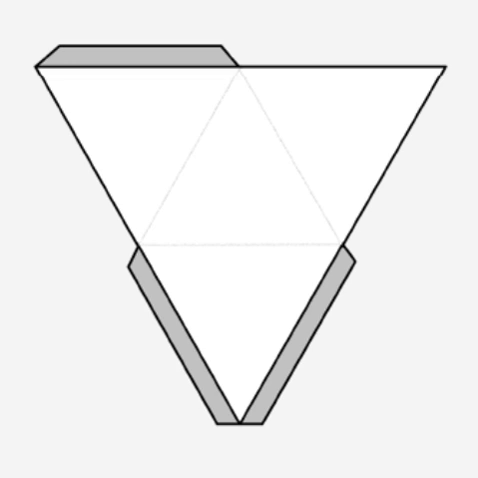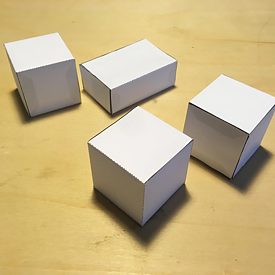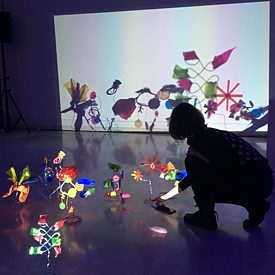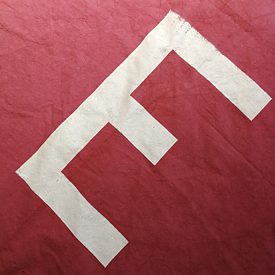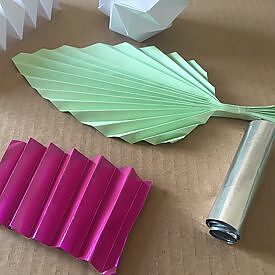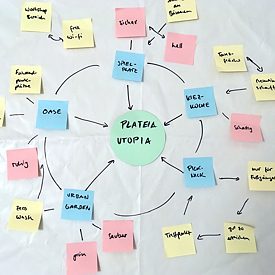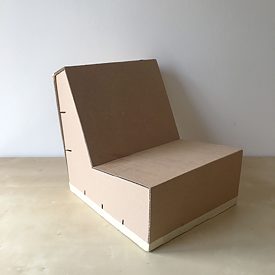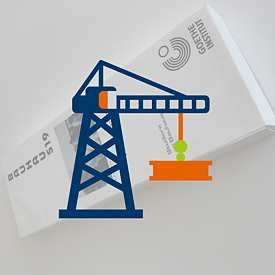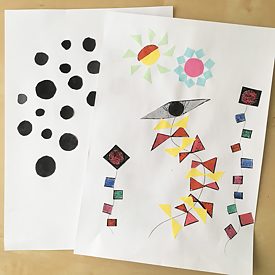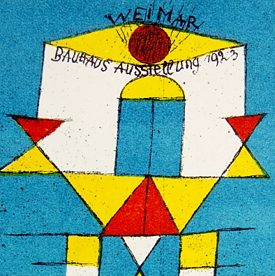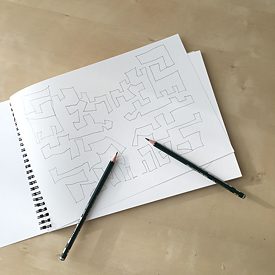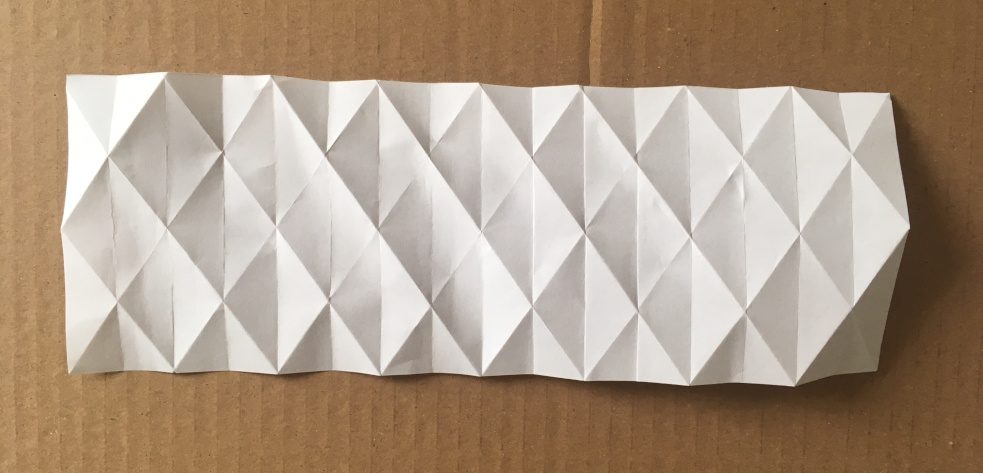What was the Bauhaus? Why has it remained so important? What impact had the Bauhaus ideas in the world? Is it still relevant today? Where can its influence be seen in our region?
The Bauhaus existed for just fourteen years. During that brief interval, political pressures forced it to reinvent itself several times. Yet the school succeeded in paving the way for the artistic revolution of modernism, and exerted an influence that is still felt today. Founded by Walter Gropius one hundred years ago in Weimar, the Bauhaus sought to integrate arts and crafts to create new languages of form suited to industrial manufacturing. The School also pursued the idea of shaping society as a whole by improving everyday life and routines. The focus was on creating collective “comprehensive artworks” (Gesamtkunstwerke), with interdisciplinarity and experimentation forming decisive aspects of the educational approach.
The principles guiding the actions of teachers and students included: striving for pluralism, a spirit of cooperation, a sense of community, and the value placed on diversity and internationalism. In line with these thoroughly humanist values, the Bauhaus sought not only to teach talented creators, but also to shape integrated personalities. As such, graduates were also capable of communicating these values worldwide. The idea was to train talented young artists using new and experimental educational methods, bringing together art, architecture and craft in an ideal combination – and create buildings as “comprehensive artworks” (Gesamtkunstwerke).
The basic principles of the Bauhaus and the experimental slant of its teaching served as inspiration for the Bauhaus DIY kit. The objective is to convey relevant aspects of the Bauhaus and its ideas in a practical and personal way, taking into consideration the participants’ background, location, country, and contemporary perspectives.
The Bauhaus DIY kit comprises twelve formats for communicating wide-ranging aspects of the Bauhaus, and is designed for teachers, multipliers and communicators. It is modular, interdisciplinary and aimed at a target group aged twelve to eighteen. The individual formats employ various experimental methods and elements of teaching used at the Bauhaus. They examine the different disciplines and apply playful and practical techniques to convey both the ideals of the Bauhaus and basic knowledge about its phases and personalities.
Each module comes with information on methods, age range, time required, topic of focus, application possibilities and required materials. The modules also contain instructions, background information, visual materials, templates and links to books and online resources.
The Bauhaus DIY kit and all the modules were designed and developed for Goethe-Institut Athens by the art educator and curator Silke Wittig and the German teacher Evriklia Siakagianni, with academic input from the architect Loukas Bartatilas.
